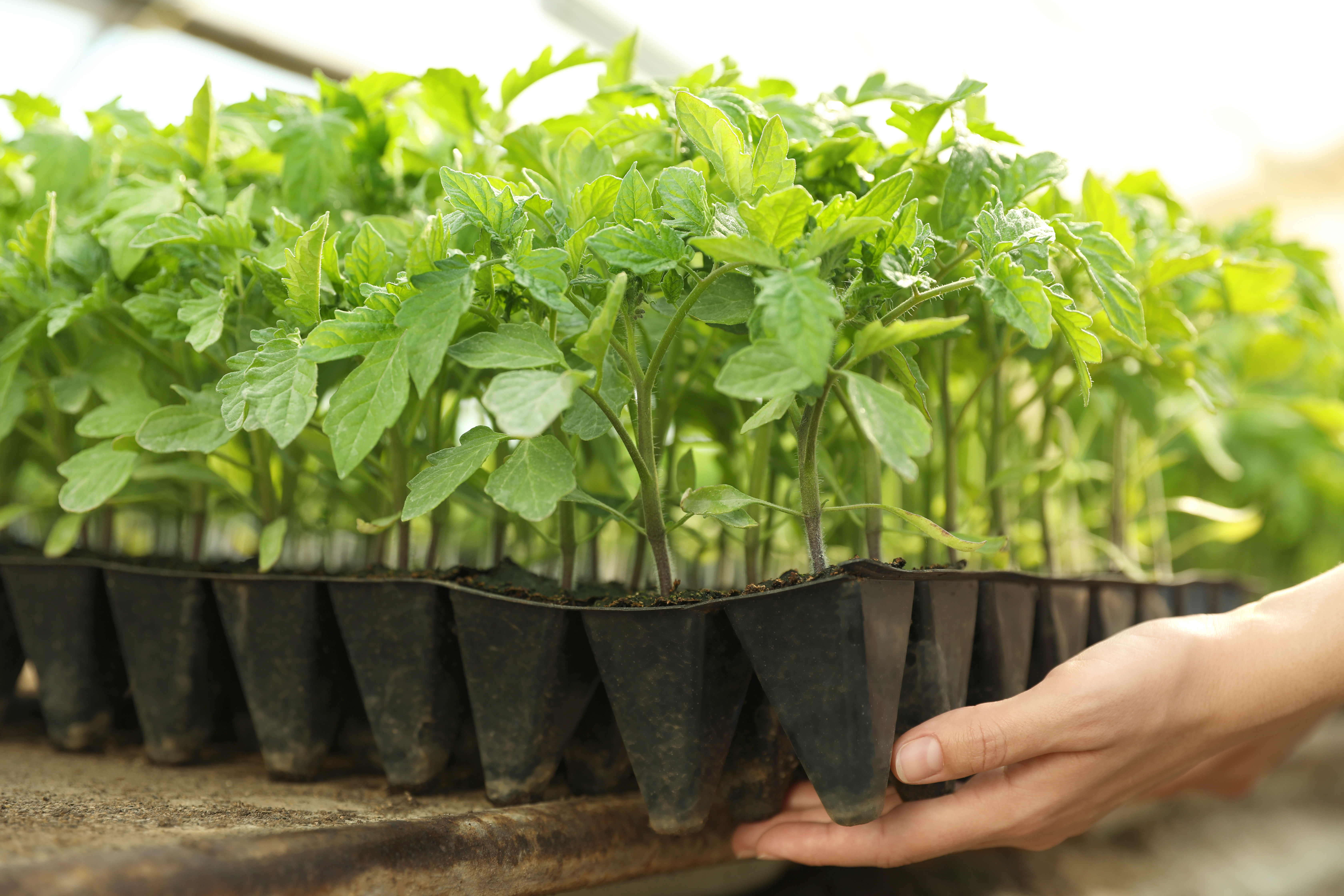URBAN AGRICULTURE IN INDUSTRIAL CIRCULAR ECONOMIES
The environmental impacts of the linear ‘take-make-dispose’ economy are evident. Resource extraction has increased by over three times since 1970, and current extraction of natural resources including food and fuel contributes towards half of total greenhouse gas emissions and 90% of biodiversity loss1. Economically, this has led to increasing and volatile resource prices, exposing companies to risks.
The circular economy aims to redesign this by maintaining products, components, and materials at a high utility value so that they can be reused infinitely. This reduces the amount of resource inputs needed and waste outputs created. The circular economy concept can be applied to manufacturing centres in the UK, creating closed loop industrial ecosystems of resource exchange between businesses.
This turns the concept of ‘waste’ on its head: what is deemed ‘waste’ to one company becomes a valuable resource to another. Urban agriculture can play a key role in this bigger picture of resource exchanges, utilising the waste products of other businesses as inputs.
Many industrial processes produce heat and CO2, which typically go to waste. If urban agriculture is co-located with industry, this heat and CO2 becomes a valuable resource that can be used to heat greenhouses, and boost rates of photosynthesis.

Similarly, integrating urban agriculture into buildings can save up to 41% in heating compared to standalone greenhouses. Roof- top greenhouses2 add an insulating layer to the top of a building, reducing heat loss, and it is possible to use waste heat from the building to heat the greenhouse3.
The waste products of urban agriculture can be turned into useful resources for others. Urban agriculture produces organic waste, which can be processed and used on the farm as compost, or locally as biomass. For example, one study successfully trialled using tomato stems from integrated rooftop greenhouses as a substrate for lettuce crops4.

Circularity in growing systems can be increased through nutrient recovery and smart water use. For example, in some cases, drainage can be reused for secondary crops to reduce water inputs and nutrient outputs in hydroponic growing systems. One study tried reusing the drainage from tomatoes and cucumber crops to irrigate a variety of herbs, leading to 40% less NO3 disposal and 30% lower freshwater consumption5.
These are just some of the ways that urban agriculture can be integrated into industrial circular economies and made more circular itself. The transition to a circular economy requires systems thinking and collaboration between industry and policy makers. This is essential if UK industry is to remain competitive and meet net-zero targets.
